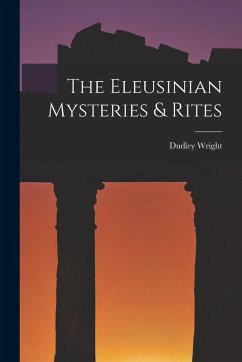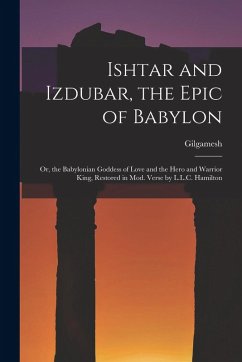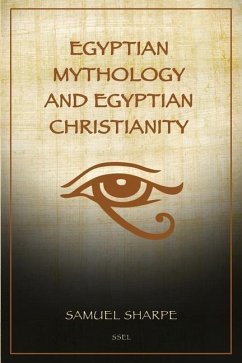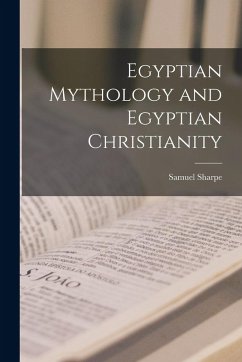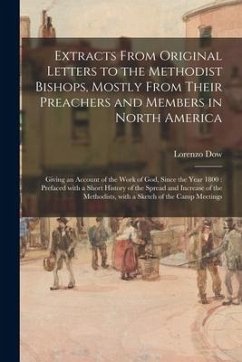
From Ishtar to Eostre
Reframing the Near Eastern Origins of an Anglo Saxon Goddess

PAYBACK Punkte
12 °P sammeln!
From Ishtar to Eostre: Third Expanded Edition For over three millennia, the worship of the Near Eastern goddess Astarte, queen of love, war, fertility, and the stars, stretched across continents, empires, and civilizations. From her earliest Semitic inscriptions in ancient Mesopotamia (c.2600 BCE), her cult spread across the Levant, into Egypt and North Africa, through Cyprus, Greece, and Rome, and eventually reached the farthest edges of the Roman Empire, including the British Isles and the frontiers of Germania. Between 43 CE and 410 CE, during the height of Roman occupation, the cult of Ast...
From Ishtar to Eostre: Third Expanded Edition For over three millennia, the worship of the Near Eastern goddess Astarte, queen of love, war, fertility, and the stars, stretched across continents, empires, and civilizations. From her earliest Semitic inscriptions in ancient Mesopotamia (c.2600 BCE), her cult spread across the Levant, into Egypt and North Africa, through Cyprus, Greece, and Rome, and eventually reached the farthest edges of the Roman Empire, including the British Isles and the frontiers of Germania. Between 43 CE and 410 CE, during the height of Roman occupation, the cult of Astarte, alongside her consort Ba'al, underwent a powerful revival across both Britannia and Germania. This resurgence intensified under the Severan dynasty, whose emperors were closely tied to the priesthoods of Ba'al and who elevated the cult to unprecedented prominence. Under the later Syrian-born emperors, temples to Ba'al and Astarte spread even further across the northern provinces, with some Roman military units embracing the cult as a semi-official religion. This long-standing prominence was once reflected within German academia. Until less than two centuries ago, it was widely accepted among German scholars (e.g. Clüver, Mushardo, Zelder, Münchhausen) that the origins of the Anglo-Saxon goddess Eostre (or Ostara) lay in the Near Eastern goddess Astarte (or Astaroth). This view began to shift in 1835 with the publication of Jacob Grimm's Teutonic Mythology, a treatise in which Grimm proposed a nationalist reinterpretation: that Eostre was a purely Germanic dawn goddess, and one unconnected to foreign origins. This idea disregarded all of the earlier academic consensus. Yet Grimm's proposal was a hypothesis, not a historical certainty. In this expanded third edition, From Ishtar to Eostre moves beyond internet memes and online debates to rigorously explore the archaeological, historical, and academic evidence. With a particular focus on temples, altars, and inscriptions across Europe and beyond, this book challenges modern assumptions and aims to revive a forgotten truth: that the goddess now remembered vaguely as "Eostre" or "Ostara" was once known, worshipped, and celebrated across vast lands under the name of Astarte. No other goddess in recorded history was venerated for so long and by so many.



